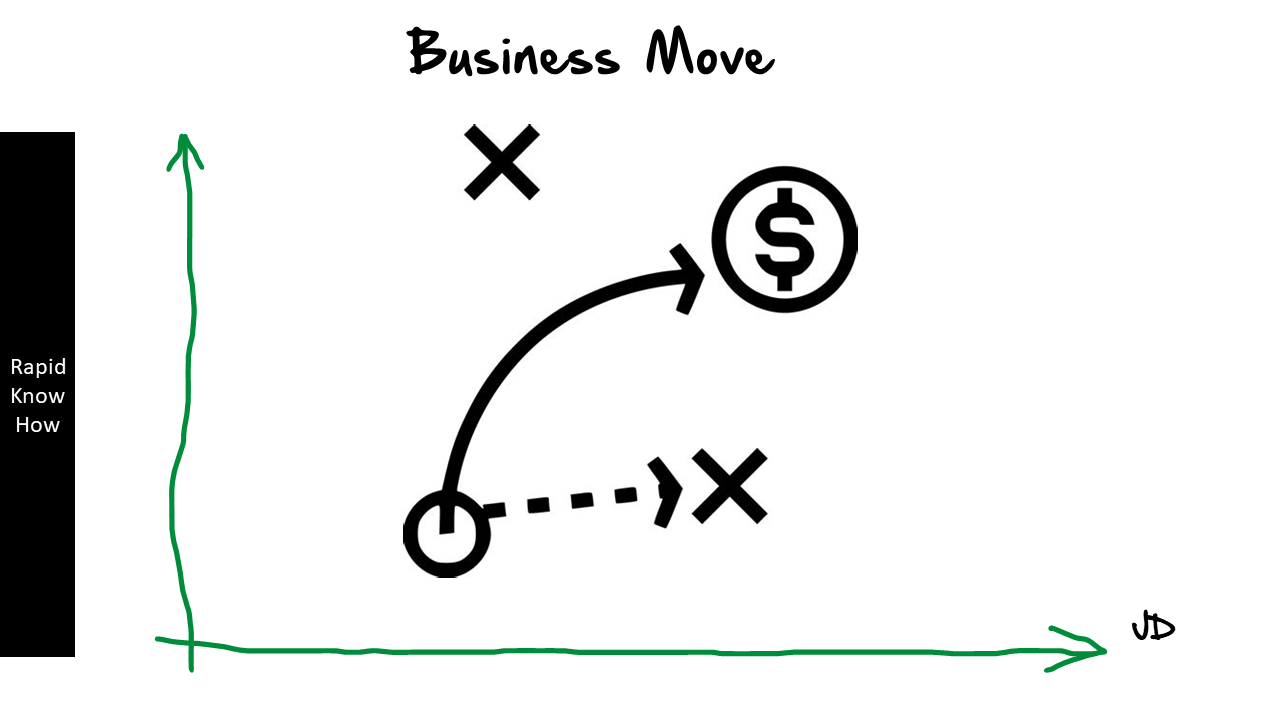Question: How can businesses frame cost reduction strategies, including consolidation of business, exit of product lines, and outsourcing non-strategic business activities?
Answer:
Cost reduction is a strategic manoeuvre that businesses employ to enhance their profitability. It involves identifying and eliminating non-essential operations, streamlining processes, and improving efficiency. Three key strategies that can be employed in this regard are the consolidation of business operations, exit of product lines, and outsourcing non-strategic business activities.
Let’s delve into these strategies in more detail:
1. Consolidation of Business Operations:
Consolidation refers to the process of combining different business units or entities to form a larger organisation. This strategy is often employed to achieve economies of scale, reduce costs, and improve operational efficiency.
For instance, a company might consolidate its marketing and sales departments to eliminate redundancies and streamline operations. This could lead to significant cost savings in terms of reduced overheads and increased operational efficiency. Moreover, consolidation can also lead to improved communication and coordination among different departments, leading to better decision-making and strategic planning.
However, it’s important to note that consolidation should be approached with caution as it can also lead to job losses and reduced morale among employees if not managed properly.
2. Exit of Product Lines:
Exiting product lines refers to the strategy of discontinuing certain products or services that are not contributing significantly to the company’s bottom line. This could be due to various reasons such as low market demand, high production costs, or poor performance compared to other products.
By exiting non-performing or low-margin product lines, companies can focus their resources on their core products or services that generate higher profits. This can lead to significant cost savings in terms of reduced production costs, inventory management costs, and marketing expenses.
However, this strategy should be implemented carefully after conducting a thorough analysis of the potential impact on the company’s overall revenue and market position.
3. Outsourcing Non-Strategic Business Activities:
Outsourcing involves delegating certain non-core business activities to external service providers. This strategy can be highly effective in reducing costs and improving efficiency, especially for small and medium-sized enterprises (SMEs).
For example, a company might outsource its IT support or customer service operations to a third-party provider who specialises in these areas. This can lead to significant cost savings as the company does not have to invest in hiring and training staff, purchasing equipment, or maintaining facilities for these functions.
Moreover, outsourcing can also allow companies to focus on their core competencies and strategic activities, leading to improved productivity and competitiveness.
However, it’s crucial to ensure that the quality of service is not compromised when outsourcing business activities. Therefore, companies should carefully select their outsourcing partners and establish clear performance metrics and service level agreements (SLAs).
In conclusion, framing cost reduction strategies requires a careful analysis of the company’s operations, market position, and strategic objectives. While consolidation of business operations, exit of product lines, and outsourcing non-strategic business activities can lead to significant cost savings, they should be implemented carefully to avoid potential pitfalls and ensure long-term sustainability.
